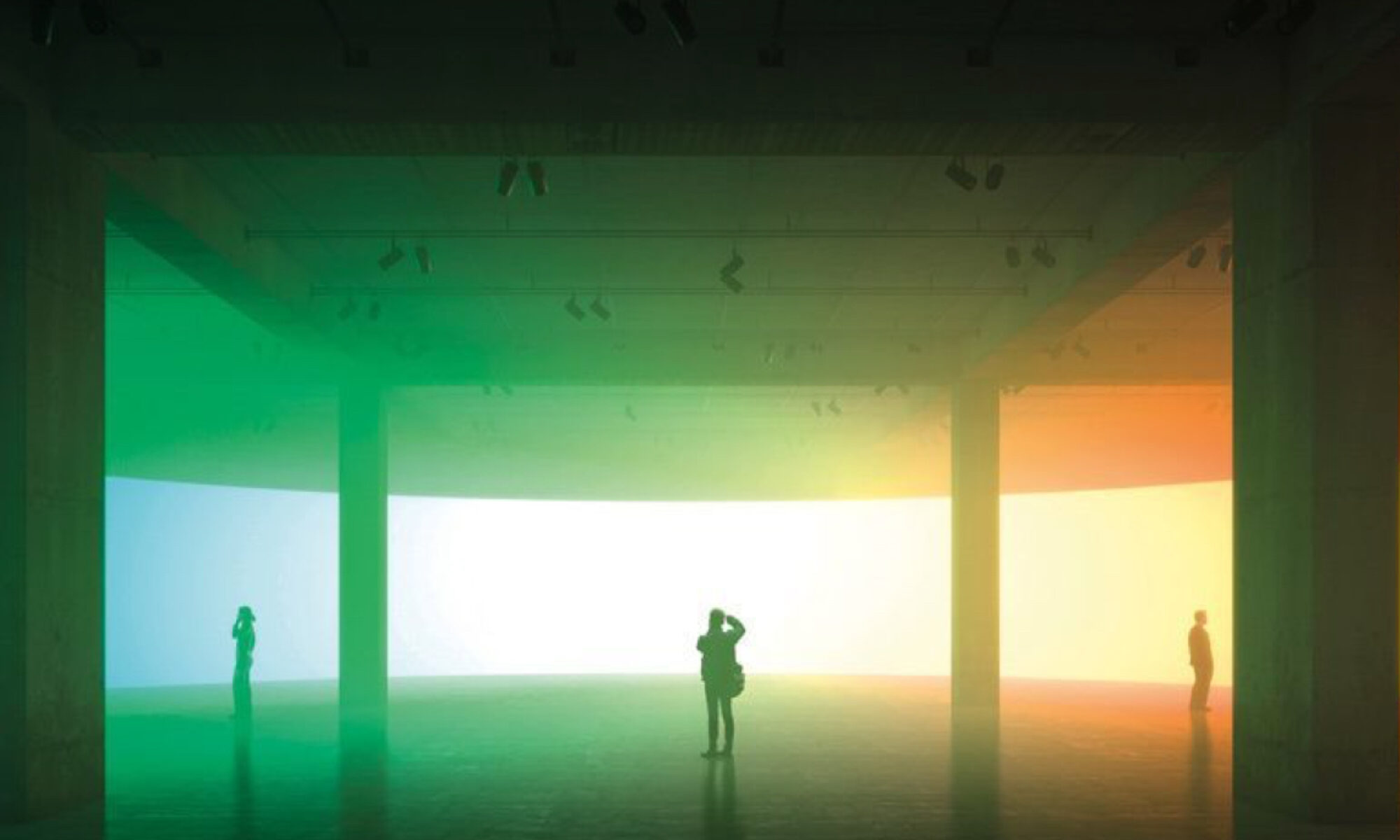The built environment has a significant role in “improving health, wellbeing, comfort and cognitive performance. These factors have prompted revision of the “health issues and wellbeing in building services”. Artificially lighting is a huge part of our built environment and the visual impacts of artificial lighting on the human eye can affect our visual comfort, circadian rhythms, and overall health.
Our eyes are made up of visual receptors which comprise of millions of rods and cones that respond to light. Bright light is managed by the cones (photopic vision), and dim light is managed by the rods (scotopic vision).
Nighttime vision is most commonly in the mesopic range which sits in the “yellow-green and blue-green” light spectrum. The rods and cones translate the colour of light and signal the brains circadian clock. The natural rhythm of our circadian clock is influenced by light exposure altering our physiological functions, and sleep patterns.
Our circadian rhythm is fundamental for regulating human behaviour such as “digestion, metabolism, hormone release, body temperature”. Melatonin is the hormone that indicates to the body that it is time to sleep, this hormone can be suppressed by blue light raising cortisol. Cortisol is the hormone that raises our alertness, warm white light suppresses cortisol and increases melatonin. Natural light is bluer (cooler) in the morning and white/yellow (warmer as the day continues. Without the influence of artificial lighting the natural light would regulate our circadian rhythm organically.
Correlated Colour Temperature (CCT) measures light colour in Kelvin, with lower CCTs (warm white) promoting relaxation and higher CCTs (cool white) enhancing alertness. Flicker and glare from artificial lighting can cause discomfort, headaches, and health issues, particularly from LEDs.
Artificial lighting is not just about stimulation, it is vital for our health and wellbeing and needs to be appropriately considered to mimic natural light allowing our bodies to regulate a natural circadian rhythm which is significant to our health. LED lighting allows this to be achieved through the tuning of colour ranges. This is a complex topic and that is still evolving.
Dwyer, T, 2019
Cibse Journal; Module 157: Lighting the way for occupant wellbeing




